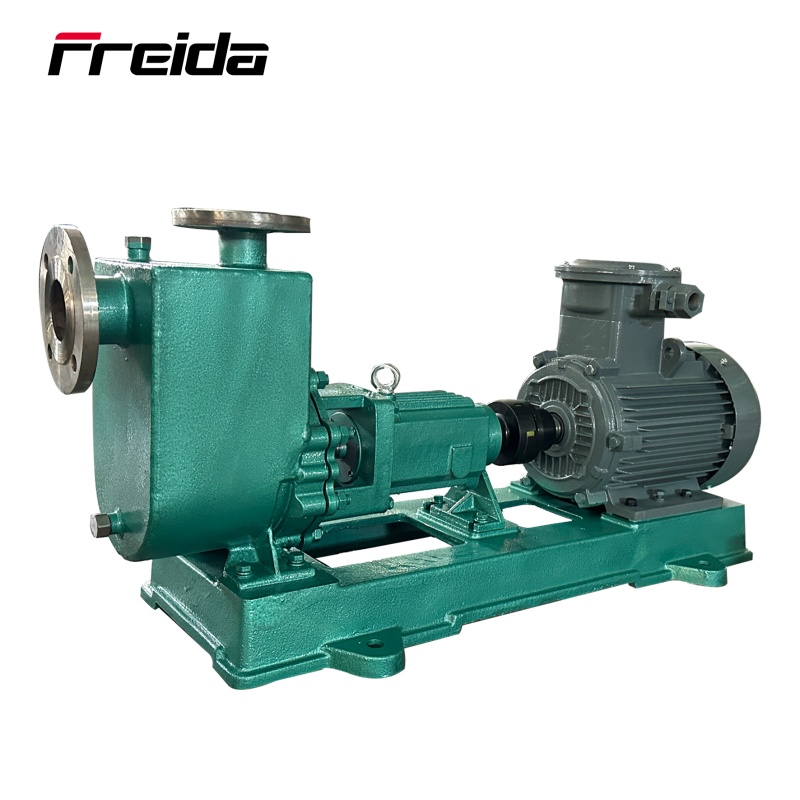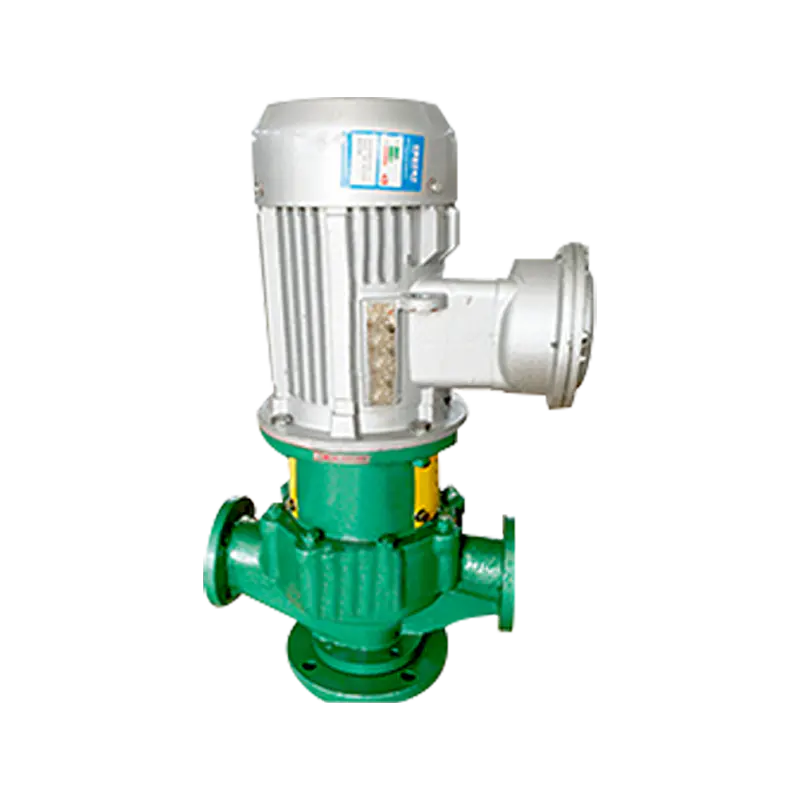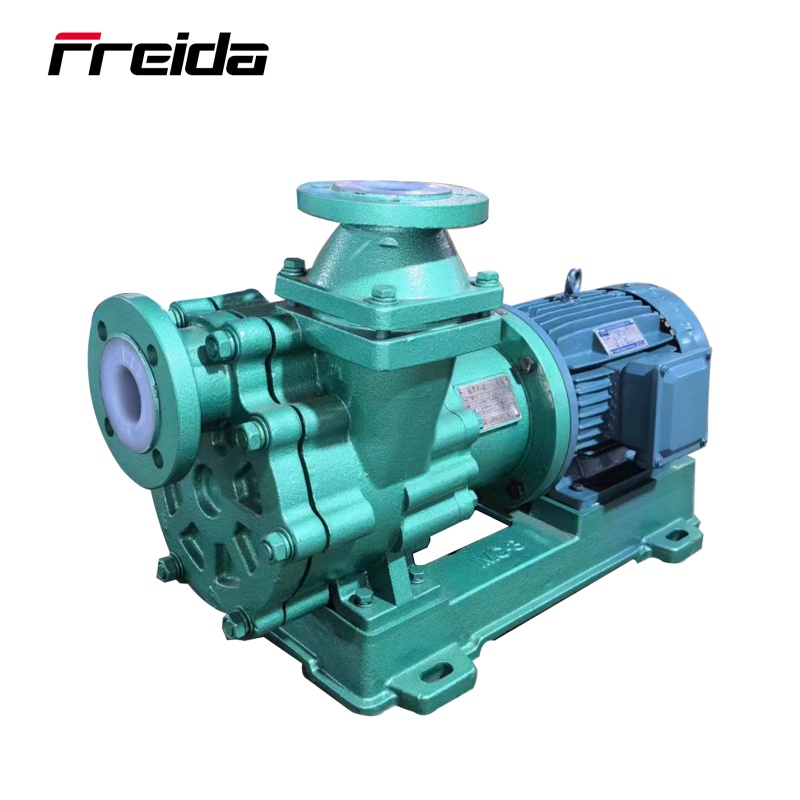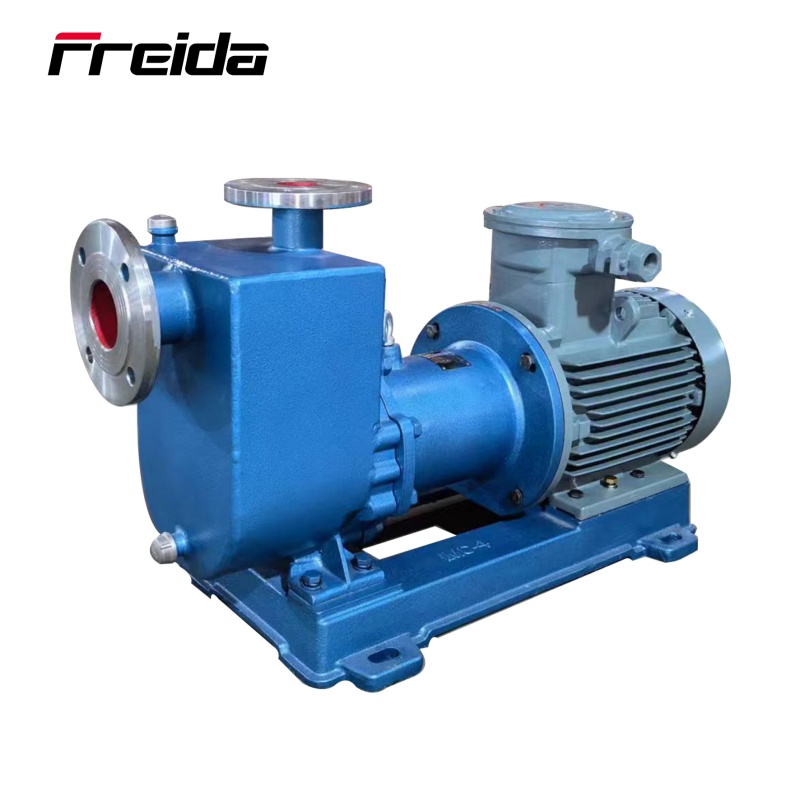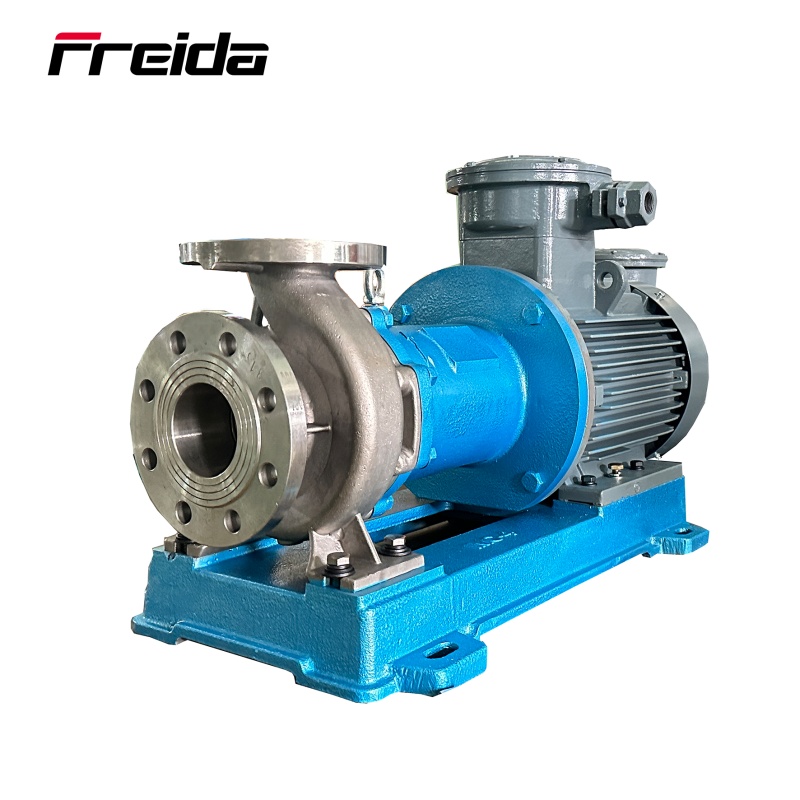In the pursuit of a lush, vibrant garden, efficient water delivery is paramount. Gone are the days of laboriously hauling watering cans; modern gardening relies on automated systems powered by key equipment like the Garden Pipeline Pump. This device is the unsung hero that takes a simple water source—be it a rain barrel, a natural pond, or a borewell—and converts it into a reliable, pressurized supply capable of feeding complex irrigation networks.
Why Your Garden Needs a Pipeline Pump
The term Garden Pipeline Pump specifically refers to a category of pumps engineered to seamlessly integrate with and power a garden's permanent plumbing infrastructure (the "pipeline"). Their core function is to overcome the twin challenges of distance and elevation that naturally diminish water pressure, ensuring every sprinkler head or drip emitter operates at its optimal level.
Here’s a breakdown of its vital functions:
-
Pressure Generation: Unlike a simple transfer pump, a pipeline pump is built to generate and maintain the high pressure (often measured in PSI or bar) necessary to push water through lengthy hoses, complex manifolds, and small-aperture spray devices.
-
Flow Consistency: It guarantees a steady flow rate (Liters per Hour or GPH), crucial for preventing certain areas of the garden from being under-watered while others are flooded.
-
Source Utilization: It allows gardeners to effectively tap into alternative water sources, such as stored rainwater or greywater systems, making gardening more sustainable and reducing dependence on expensive municipal water supplies.
Key Specifications to Consider
When selecting the ideal Garden Pipeline Pump for your setup, evaluating these specifications is crucial:
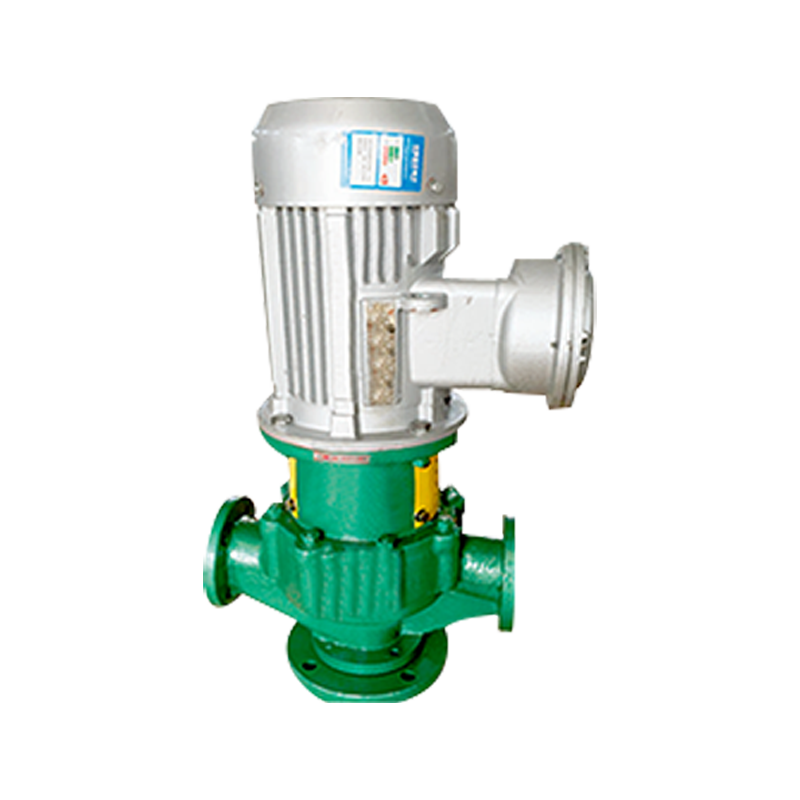
A high-quality Garden Pipeline Pump often features thermal overload protection, which automatically shuts the motor down if it begins to overheat, protecting your investment.
Installation and System Integration
The beauty of the Garden Pipeline Pump lies in its integration capabilities. It typically sits between the water storage tank and the start of your garden's distribution manifold.
-
Suction Line: A rigid pipe is run from the water source to the pump's inlet. A foot valve and strainer are often placed at the end of the suction line in the tank to prevent debris entry and maintain prime.
-
Discharge Line: The pressurized water exits the pump and enters the garden’s main distribution pipe.
-
Control: An automatic pressure switch is typically fitted on the discharge side. When a spigot is opened, the resulting drop in pressure signals the pump to turn on. When the spigot is closed, pressure builds back up, and the pump shuts off. This "on-demand" system makes the Garden Pipeline Pump highly efficient and convenient.
In summary, the Garden Pipeline Pump is not just a tool; it is the power source of a modern, efficient garden irrigation system, offering the control, pressure, and reliability necessary to maintain beautiful, healthy landscapes with minimal effort.
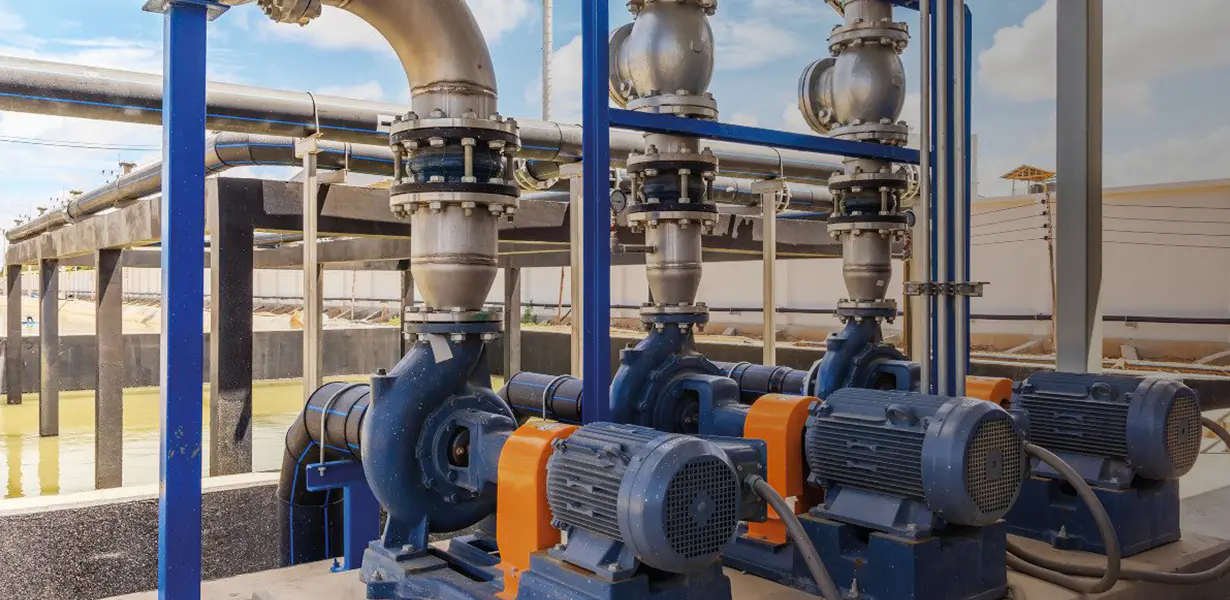
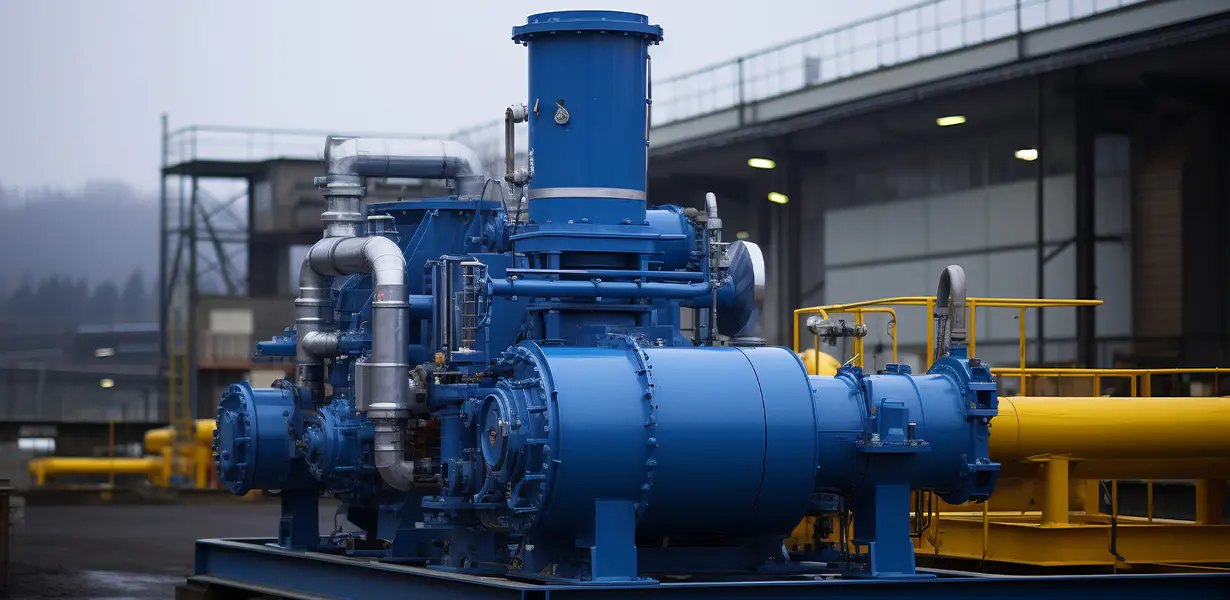

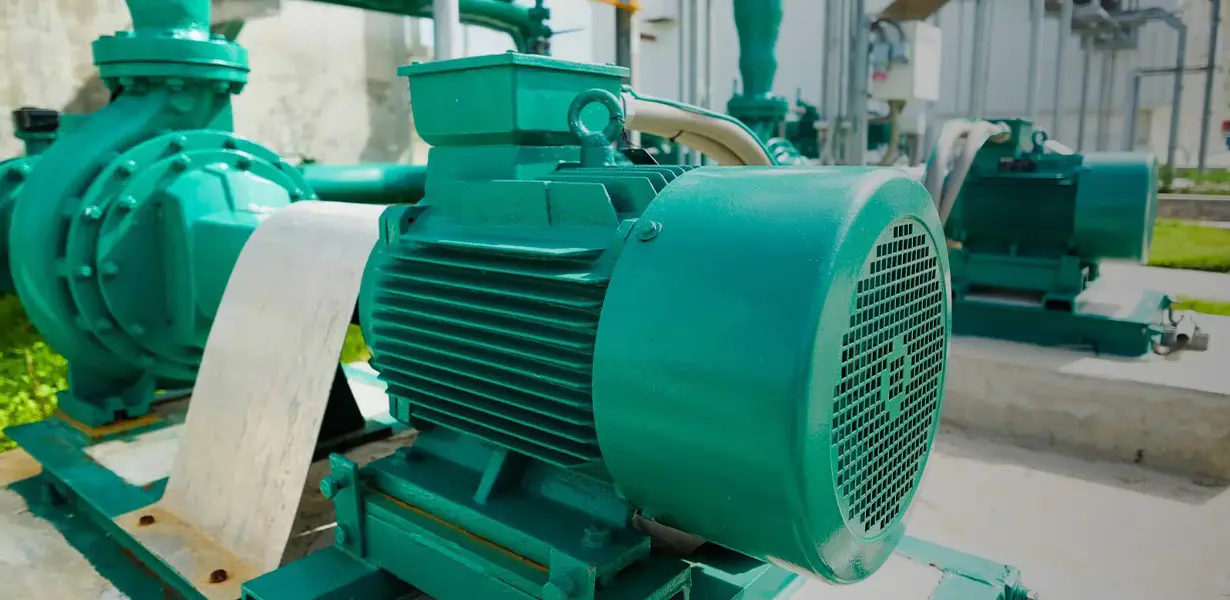
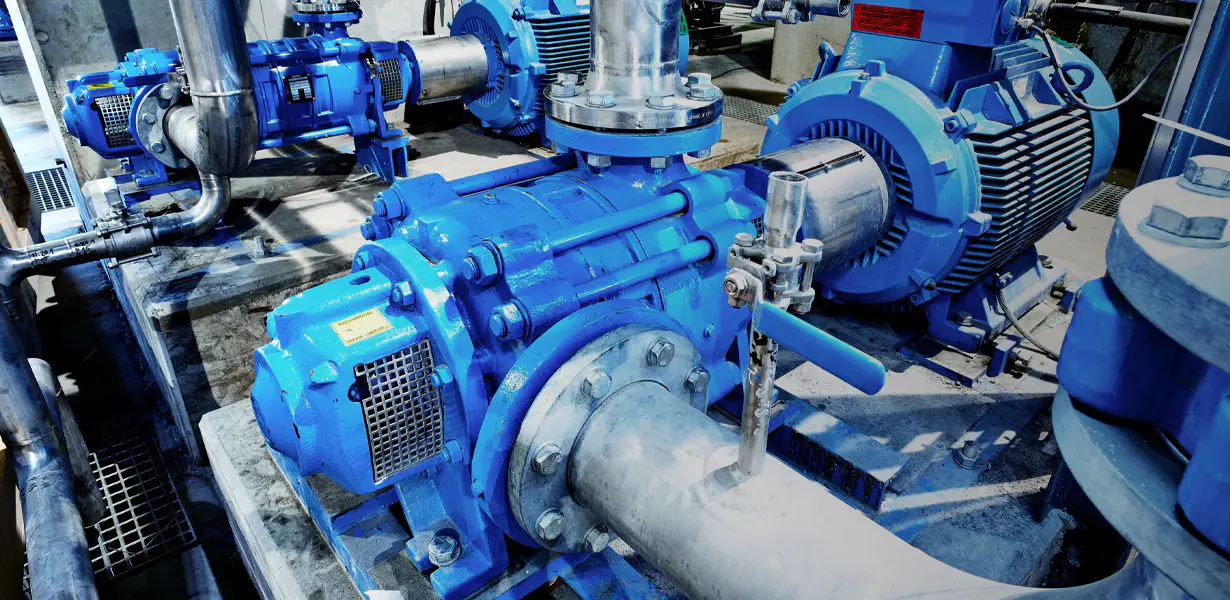



 English
English русский
русский Español
Español Français
Français





